In February 2022, Valve revolutionized handheld gaming. With the Steam Deck, players could take taxing, AAA titles like Elden Ring and God of War virtually anywhere. The brilliant concept offered a brand new way to elevate the PC gaming experience. But Valve isn’t the only option if you’re looking to take your PC library on the road. In fact, quite a few models from notable companies like ASUS, Logitech, and Razer have since trickled out.
If Valve’s handheld isn’t quite the device you’re looking for, consider checking out any of these best Steam Deck alternatives.
The Best Steam Deck Alternatives
10. BACKBONE One
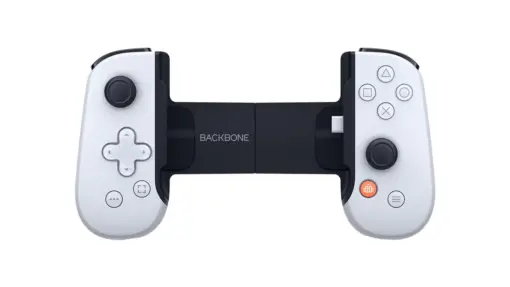
Price: £99.99/$99.99
Though the Steam Deck uses internal components to run your Steam library, BACKBONE One is simply a shell that connects with your phone to access a number of gaming-focused apps. With designs inspired by the DualSense or standard Xbox controllers, the BACKBONE One is aesthetically pleasing and features either a USB-C or Lightning port for pass-through charging to your iPhone or Android.
The games you play on your BACKBONE One depend on which app you download. Have a selection of PS5 titles to work through? Download the PS Remote Play app to your phone. Want to brush up on your Halo? Download the Xbox Cloud Gaming app. You can also play from your Amazon Luna, NVIDIA GeForce NOW, and Steam Link accounts. Not only can you enjoy the low-latency input through your phone, the BACKBONE One connects with iPads, Macs, and PCs to double as a Bluetooth controller.
9. Logitech G Cloud
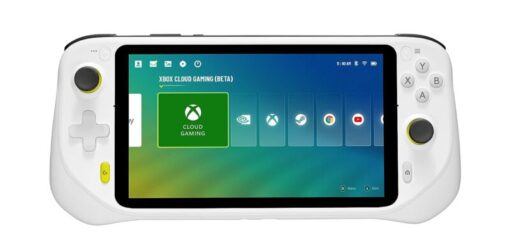
Price: £329.99/$349.99
Sporting a rather flat and simple design complete with a d-pad, two thumbsticks, and face buttons, the Logitech G Cloud does kind of look like it belongs in the LeapFrog ecosystem. It’s what’s on the inside that matters, though, and Logitech’s gaming tablet is no pushover in this space.
Running on Android 11 and powered by a Qualcomm Snapdragon 720G 8-core processor, the tablet is as powerful as it needs to be. Granted, it could be more powerful considering the available components when it was released, but it’s enough to take advantage of Xbox Cloud Gaming, NVIDIA GeForce Now, and Shadow PC. These three apps alone put the 7-inch screen to good use, and that’s not even factoring in Steam Link compatibility.
The primary pitfall of the G Cloud is that it relies solely on cloud accessibility. Without onboard storage, you’ll always need either a decent Wi-Fi connection or a large microSD card with a quick read speed.
8. AYANEO Air Pro
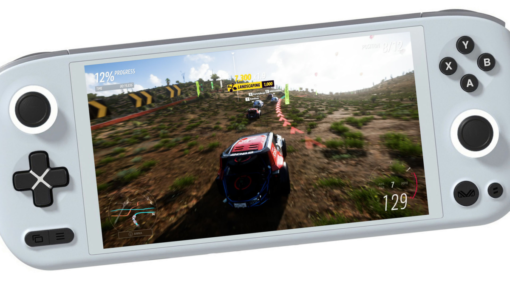
Price: varies
Sporting one of the most basic designs a portable PC can have, the 5.5-inch AYANEO Air Pro is thankfully a more impressive package on the inside. Priced higher than the Steam Deck, the Air Pro has a lot to prove, and it mostly does so with its 16GB RAM, 512GB drive, and AMD Ryzen 5 5560U 6-core processor.
Equipped with Windows 11 (and compatible with Linux), it’s a pretty smooth transition from desktop to portable gaming as the Air Pro can do virtually anything your at-home PC can. Of course, that includes working through your library of Steam titles, playing through Xbox Cloud, and sustaining your love/hate relationship with Fortnite. If you can get over the short battery life, which drains quickly partially due to the brilliant AMOLED display, you’ll get a lot of enjoyment out of the Air Pro.
AYANEO added a few perks like the AYA Space, which organizes your available games; a turbo cooling fan that actually works; and customizable buttons. Is it enough to justify a sizable hike from Steam Deck’s pricing? Considering some of the limitations of Valve’s handheld are gone, you could likely justify it.
7. GPD Win Max 2
Price: varies (£/$800+)
GPD’s Win Max 2 takes “portable PC gaming” quite literally. Imagine a Windows 11 laptop with a controller interface built in, and you have yourself the Win Max 2. It’s not the most comfortable-looking design, but it gives a full range of functionality. Go from gaming to talking trash like a true player without having to use an awkward keypad.
The Win Max 2 features an AMD Ryzen 7 6800U and an AMD Radeon 680M for AAA gaming. Rather than rely on the cloud, the Win Max 2 includes a 1 TB SSD. It may sound like a lot, but modern AAA titles will eat that up quite quickly. Thankfully, there are SD and microSD slots that serve as expandable storage.
The GPD is the product of a very successful IndieGoGo campaign, having drawn in over $5.2 million in investments. It’s an unconventional design with a lot of promise, though it may take some time to get used to as you wrestle with the weight of the keyboard against the Steam Deck button configuration. The PC also features two should buttons and two triggers to complete the handheld gaming experience.
6. Retroid Pocket 3+
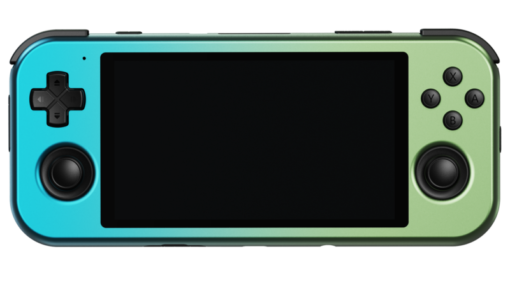
Price: $149
Not every Steam Deck alternative is going to be a powerhouse of epic proportions. Take the Retroid Pocket 3+, for example. This cute device isn’t going to take you to the Lands Between or the mean streets of Los Santos. It’s not designed to. Instead, the Pocket 3+’s 128GB drive, Unisonic Tiger T618 processor, and 4GB RAM are designed for a trip back in time. While you can use Xbox Cloud and similar streaming services, you’re likely to be too distracted by the emulation options to care about modern titles.
The Android 11-powered handheld can emulate a large library of retro titles, some dating as recently as the PS2, Gamecube, and PSP. Dreamcast, Sega Saturn, Gameboy, N64, and many more options are available and run well on the small device. That 128GB drive isn’t big by today’s standards, but it goes a long way to allow you to collect an extensive library of older games. And if you run out, a microSD slot allows for expansion.
The Pocket 3+ can’t stand up to Steam Deck, so it does its own thing. Shop through the Google Play Store or emulate classics from your childhood (or your parent’s childhood) on the 4.7-inch display.
5. AYN Loki Max
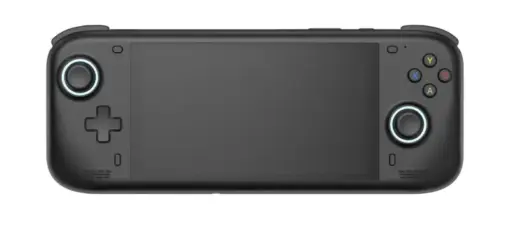
Price: $775
Don’t let the name fool you. There’s no trickery with the AYN Loki Max. It’s a fairly straightforward handheld gaming PC, complete with an AMD Zen3+ 6800U 12-core processor and AMD RDNA2 Radeon 680M GPU capable of running Windows 11. Slightly smaller than the Steam Deck, the Loki Max is a little easier on the hands. This does come at the cost of 1” of screen size, as AYN’s portable PC sports a 6-inch LCD.
Button layout is fairly standard for a gaming controller, with each analog stick placed diagonally from the d-pad and face buttons. Smooth bumpers and pronounced analog triggers mimic console controllers a bit more than Steam Deck’s configuration, making it an easier transition for Xbox and PlayStation players. You can even match your favorite ecosystem’s aesthetics with customizable RGB LED accents at the thumbsticks and around the device’s edge.
The Loki Max features a 512GB M.2 2242NVMe SSD and a microSD expansion slot. While the 512GB will fill up quickly, the added SD option is a nice touch for more extensive libraries. Everything runs on 16GB RAM for a smooth experience for most modern AAA titles. While the battery is rated slightly higher than Steam Deck’s, expect a similar eight to ten-hour play time between recharges.
4. OneXPlayer 2

Price: $959+
You’ll really need to be into portable PC gaming if you opt for XAMMUE’s OneXPlayer 2. It has one of the highest price tags on this list, more than doubling the cost of a Steam Deck. But for that added cost, you get a rather powerful Windows-based device that can run most modern games without any hiccups. Included in the pricey unit is an AMD Ryzen 7 6800U 8-core processor, AMD Radeon 680M 4GPU, either 16GB or 32GB of RAM, and either a 1TB or 2TB drive. The catch? You can spend a bit less and get a similar experience with AYN’s Loki Max.
The OneXPlayer 2’s drive is on the larger side, and you can expand it with up to a 2TB SD card. Additionally, the unit benefits from a large 8.4-inch screen capable of displaying crystal clear 108p resolution. XAMMUE went the Nintendo Switch route with detachable controllers and a screen that can be propped up by the flimsiest kickstand. It’s a nice change of pace compared to other portable PCs that give your hands a break from holding a bulky unit. You can also turn the screen into a tiny workstation with a mini keyboard.
Whether you’re gaming on the cloud or off the built-in storage, OneXPlayer 2 delivers high-performance and versatile gaming. If you can overlook the price, it’s a great way to take your PC gaming on the go.
3. Razer Edge Gaming Tablet & Kishi V2 Pro Controller
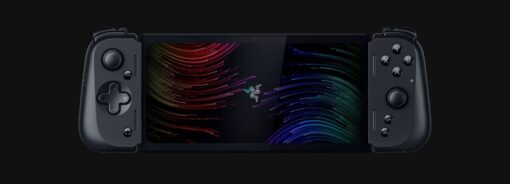
Price: $399.99
Razer is known for its sleek peripherals and high-end accessories, and the brand carried its fundamentals to its Razer Edge Gaming Tablet and Kishi V2 Pro Controller. Like the BACKBONE, the controller and device are separate, allowing users to put the Snapdragon G3X Gen 1 platform to use even beyond gaming. However, connected to the stylistic Kishi V2 Pro Controller, the Android-powered device performs its best to deliver Razer’s expected quality.
The tablet isn’t going to outpower the Steam Deck, especially not with only 6GB RAM and a 128GB drive, but it’s not meant to store and run games. Instead, you’ll be using services like Xbox Cloud, Steam Link, NVIDIA GeForce Now, and PlayStation’s Remote Play to access libraries upon libraries of games. If you’re into mobile games, you’ll even be able to access titles like Diablo Immortal or anything on the Google Play store.
While the quality of the experience may rely heavily on your WiFi connection, you at least know that the 6.8-inch 144Hz AMOLED FHD+ touchscreen will deliver responsive, vibrant gameplay. This is where Razer shines, and it’s almost disappointing that latency from cloud gaming could hinder the overall high-caliber visuals. Thankfully, the Kishi V2 Pro Controller is quite comfortable, features the full suite of buttons you’d expect (including a capture button), and travels well when you’re not using it to game away.
2. GDP Win 4
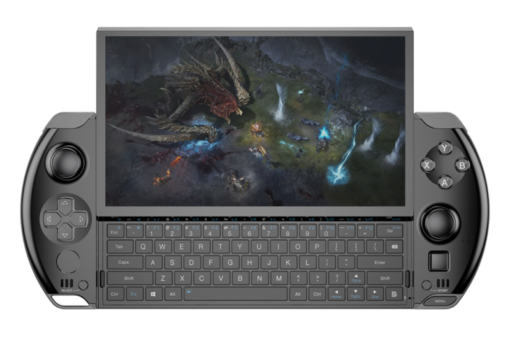
Price: $800+
While the GDP Win Max 2 caters to players that need a multifunction station, the Win 4 is friendly to a gaming environment. Think of a PSP Vita modified to include a mini keyboard and run Windows 11. Available in several configurations, including either an AMD Ryzen 7840U or 7640U processor with 16GB, 32GB, or 64GB RAM and a 512GB, 2TB, or 4TB SSD. When it comes to power, GDP’s Win 4 outshines much of this list.
The configuration of the handheld is nice and comfortable, and the 6-inch screen is big enough to enjoy even the most detailed games. It could be bigger, sure, but the compact design is welcomed in a space often riddled with hefty beasts. The Win 4 comes with a few enhanced features, like a three-input optical finger mouse, fingerprint scanner, booming speakers, a docking station, and a desktop-sized turbofan.
While the 4TB SSD should be large enough for most libraries, the Win 4 does come with a microSD card slot for expandable storage. You can play virtually anything in this handheld, and with the intelligent docking station, you can play it practically anywhere.
1. ASUS ROG Ally

Price: $699.99/£699.99
The ASUS ROG Ally is technically the true competitor of Valve’s Steam Deck, complete with Windows 11 and AMD Ryzen-powered gaming. Its size, functions, and features align closely with the Steam Deck, though the Ally tends to sneak ahead in a few areas. The processor, GPU, and microSD expansion slot are all slightly newer versions than what’s in the Steam Deck. Additionally, ASUS’ portable PC adds fingerprint unlocking, drops the weight down 61g, and increases the refresh rate to 120Hz.
For the most part, though, they do the same thing. You’ll have direct access to your Steam library and can access services like Xbox Cloud. One of the bigger differences between the two devices is the layout. Whereas Steam Deck’s thumbsticks, d-pad, and face buttons are aligned symmetrically, ASUS went for a more traditional asymmetrical approach. For many, the Ally is going to feel more natural in their hand.
Shopping for the ASUS ROG Ally is a bit easier, with only two options available. YOu can either go for the AMD Ryzen Z1 Extreme processor or the standard Ryzen Z1. Both feature 16GB RAM and a 512GB SSD, with the latter being comparable to Steam Deck’s highest-end model. Both, however, are still light on storage for modern gaming.
READ NEXT: 10 Games Like Stardew Valley You Should Check Out
Some of the coverage you find on Cultured Vultures contains affiliate links, which provide us with small commissions based on purchases made from visiting our site.
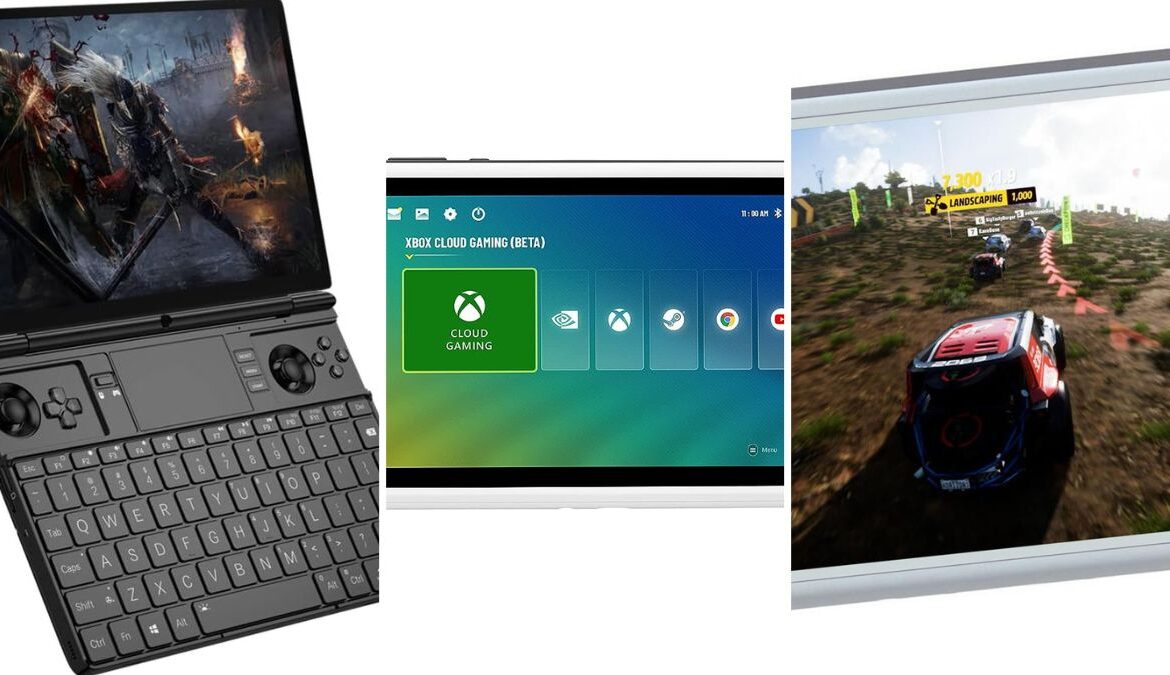




![GPD Win Max 2 2025 [AMD Ryzen AI 9 HX 370-32GB+2TB] 10.1 Inches Mini...](https://m.media-amazon.com/images/I/51mXNw9baiL._SL75_.jpg)
![OneXPlayer 2 PRO [AMD Ryzen 7 7840U] 8.4 Inches 5 in 1 Handheld PC Video...](https://m.media-amazon.com/images/I/41+rhd6wxUL._SL75_.jpg)
